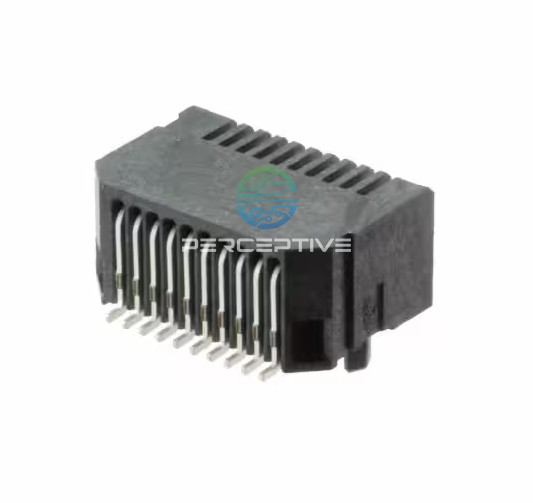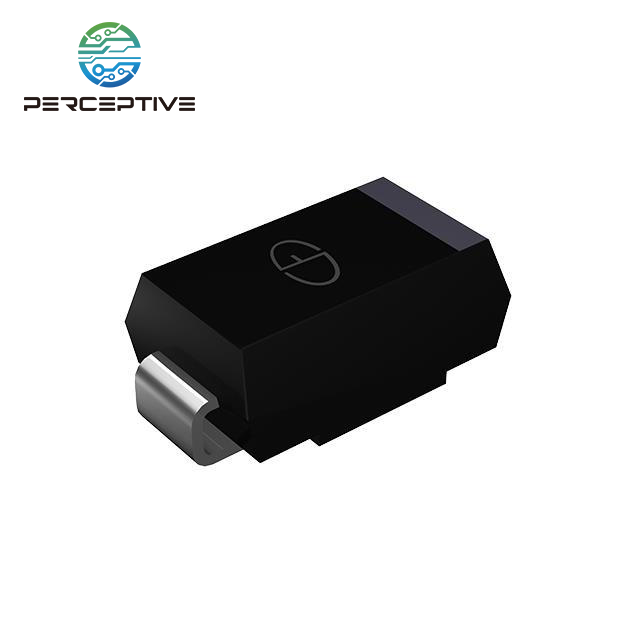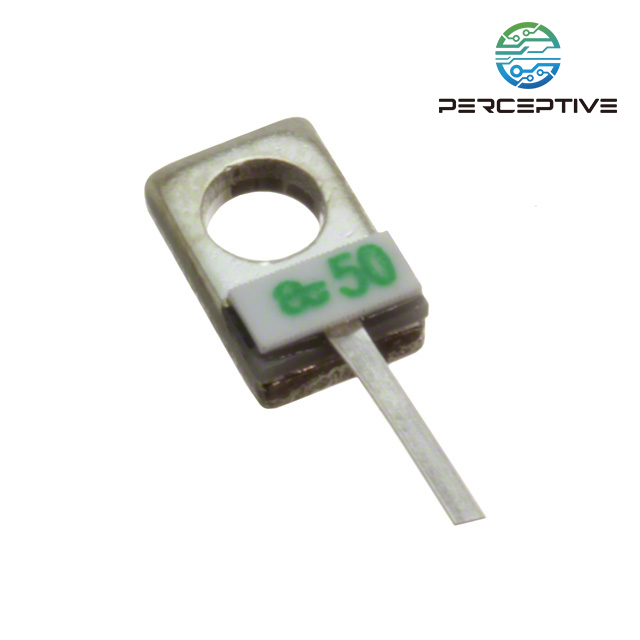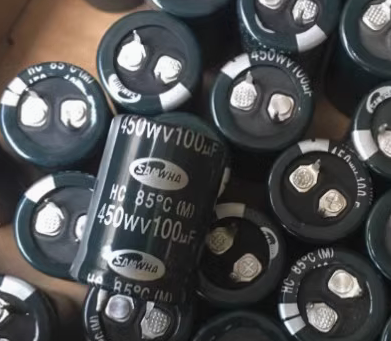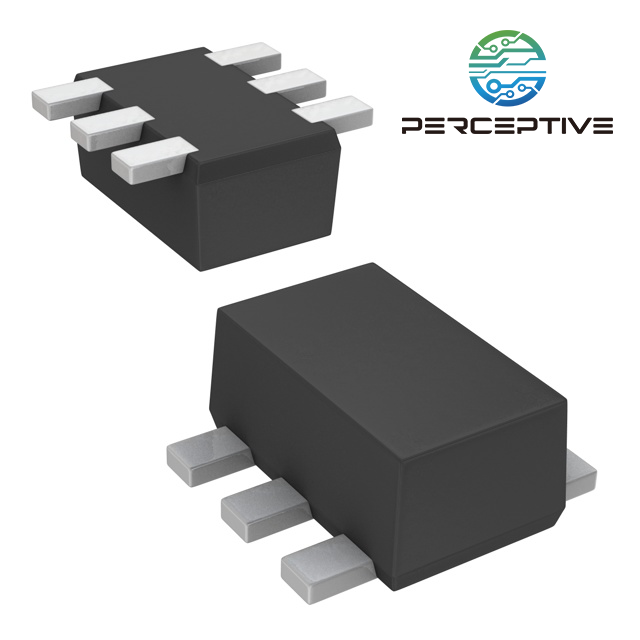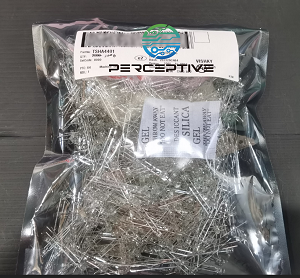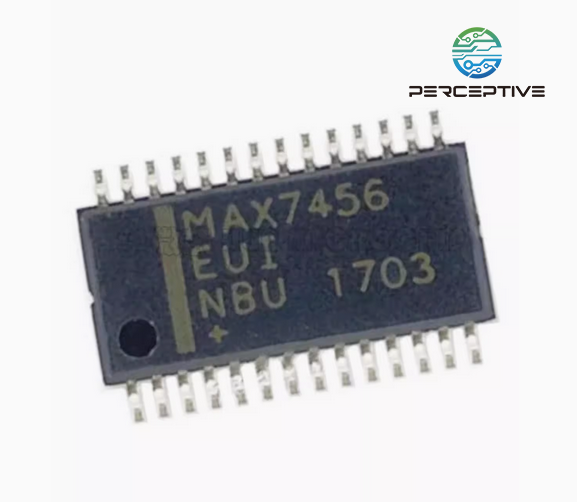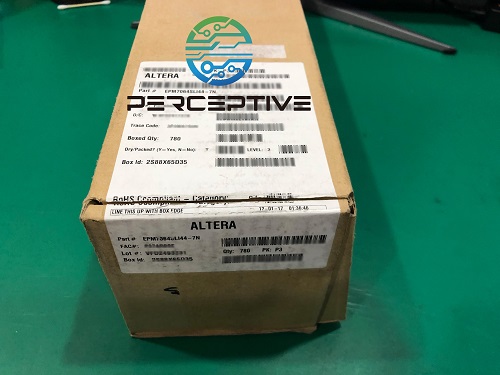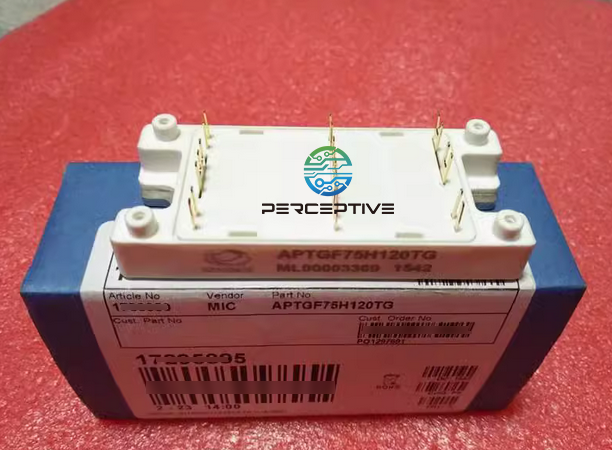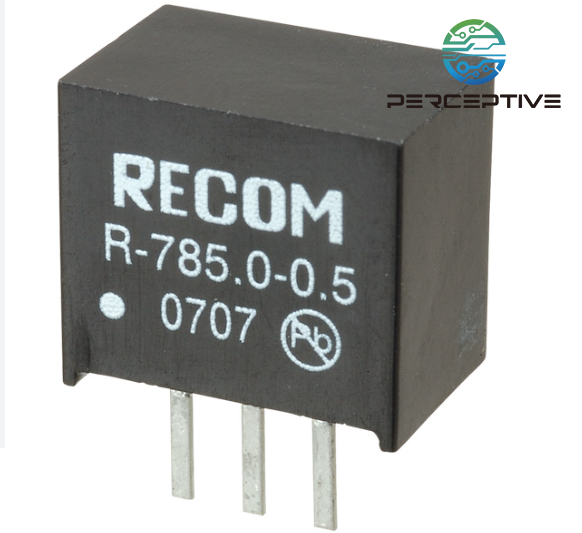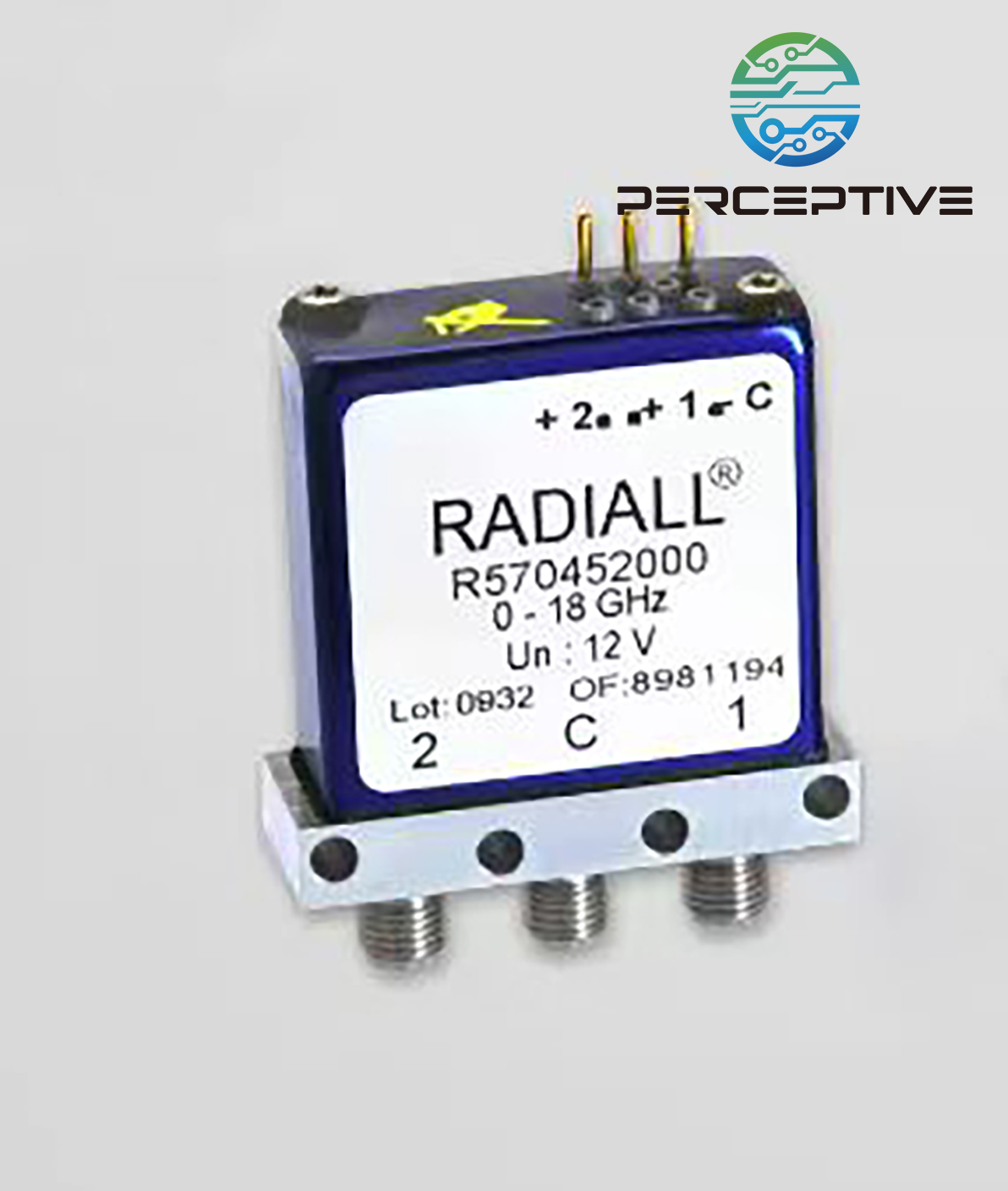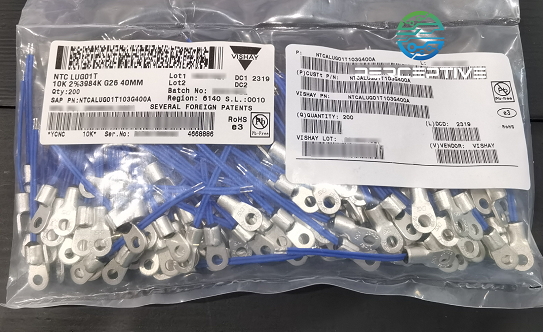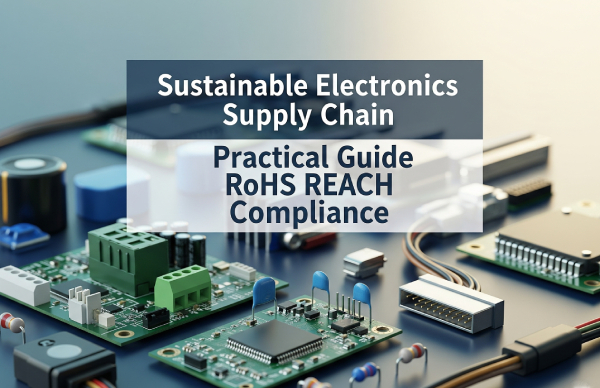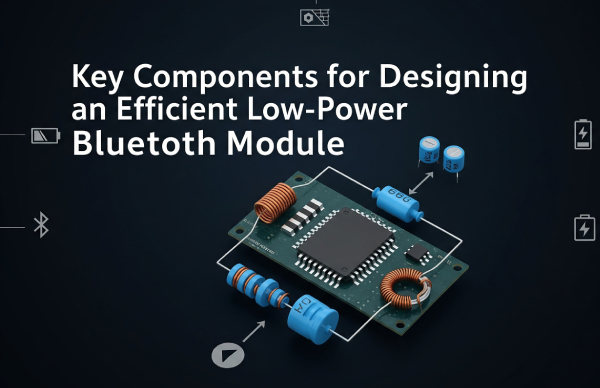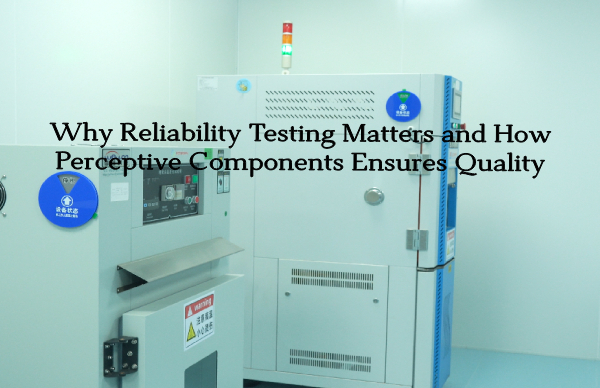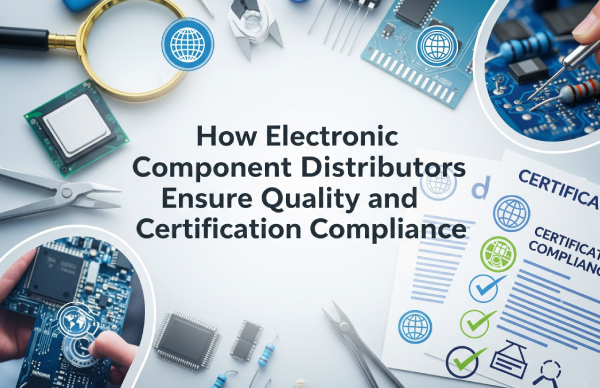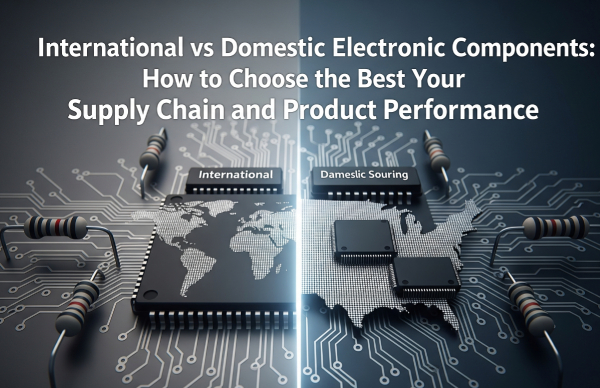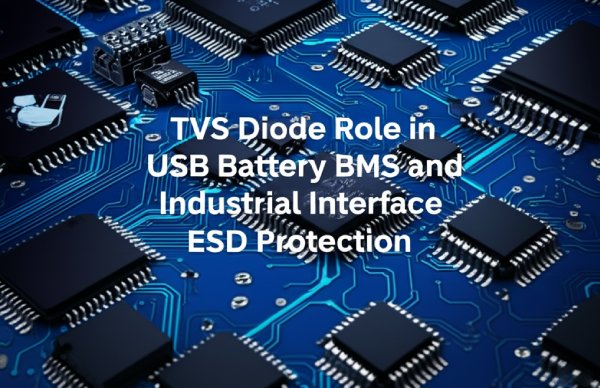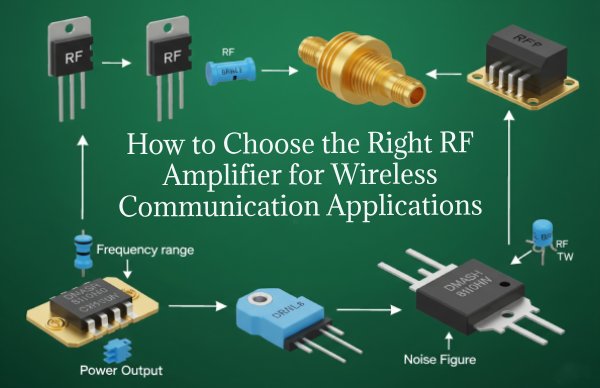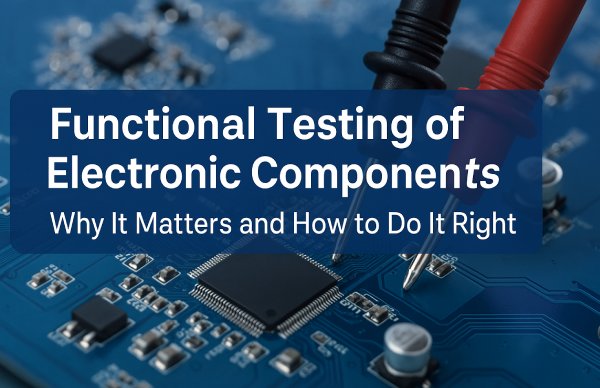When sourcing electronic components, quality control is one of the most crucial aspects that procurement professionals need to focus on. With the growing demand for reliable and high quality components in today’s fast-paced technological landscape, ensuring that the parts you purchase meet strict quality standards can significantly impact the success of a product. To achieve this, it is essential to consider aspects such as inspection reports, testing records, and the adherence to international standards when evaluating suppliers and their components.

The Importance of Quality Control in Component Procurement
Quality control ensures that the components meet the necessary performance and safety standards required for the end application. Whether it's for consumer electronics, automotive systems, medical devices, or industrial equipment, faulty components can result in failures that may be costly, dangerous, or damaging to a company’s reputation. This is why procurement teams should not only focus on the price and availability of components but also on the quality assurance process that suppliers have in place.
One critical way to ensure quality control is by requesting inspection reports, testing records, and certifications from the supplier. These documents are often part of the supplier's commitment to meeting international standards, providing transparency, and giving procurement teams confidence in their products.
What to Look for in Inspection and Testing Documentation
Inspection Reports
Inspection reports provide a detailed record of a component's condition before it is shipped to customers. These reports often include information on visual inspection, dimensional verification, and other criteria to assess the overall quality of the component. By requesting an inspection report from the supplier, procurement professionals can verify that the parts meet the agreed-upon specifications and that no defects or discrepancies exist.
Testing Records
Testing records provide insights into the performance of the components under different conditions. This includes functional tests, environmental tests (e.g., temperature, humidity), and electrical tests (e.g., resistance, capacitance). By reviewing testing records, procurement teams can ensure that the components have undergone rigorous performance testing and are capable of withstanding the conditions they will face in real-world applications.
Testing is also a way to ensure that the components meet industry standards. For instance, components used in automotive or medical applications need to adhere to specific safety and regulatory standards. Suppliers who maintain detailed testing records are usually more reliable and accountable, offering greater confidence that the components will perform as expected in the end product.
International Standards Compliance
It’s crucial for suppliers to adhere to internationally recognized quality standards. These standards, such as ISO 9001, RoHS (Restriction of Hazardous Substances), and CE (Conformité Européenne) certifications, demonstrate that the manufacturer has implemented a robust quality management system. International standards help ensure consistency in product quality, which is especially important in highly regulated industries.
When sourcing components, procurement professionals should ask suppliers whether their parts comply with these global standards. This not only confirms the quality of the components but also ensures that the parts are legally compliant with the environmental and safety regulations in various regions. Suppliers who follow international quality standards are more likely to produce reliable, safe, and high-quality components.
A willingness to share inspection reports, testing records, and certifications indicates that the supplier values quality and is committed to providing the best possible components to their customers. Furthermore, by maintaining open lines of communication, procurement professionals can address any concerns or questions about the quality of the parts before committing to a large order.
Conclusion: Prioritizing Quality in Procurement
In conclusion, quality control in electronic component procurement is essential for ensuring the performance, reliability, and safety of end products. By focusing on testing records, inspection reports, and supplier adherence to international standards, procurement teams can mitigate the risk of receiving faulty or subpar components. As the industry continues to evolve and demand for high-quality, reliable components grows, procurement professionals must prioritize quality assurance to ensure they are sourcing parts that meet the highest standards.

